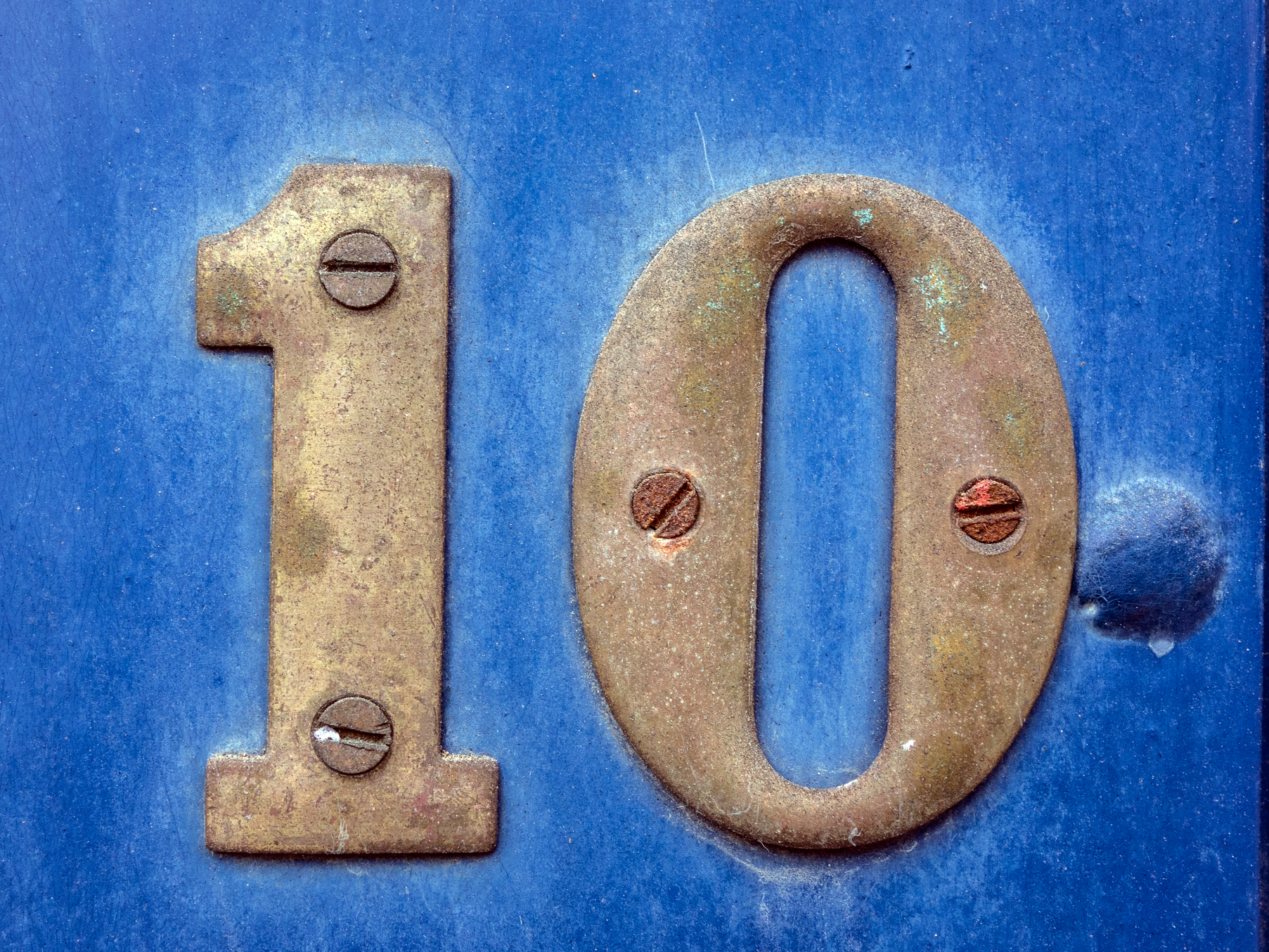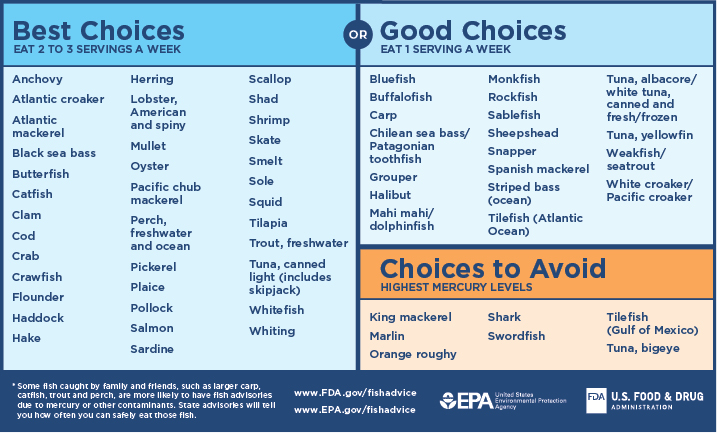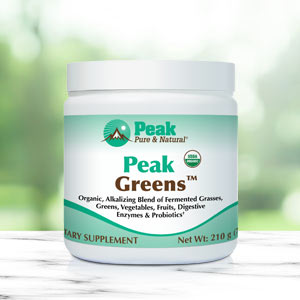Get Easy Health Digest™ in your inbox and don’t miss a thing when you subscribe today. Plus, get the free bonus report, Mother Nature’s Tips, Tricks and Remedies for Cholesterol, Blood Pressure & Blood Sugar as my way of saying welcome to the community!
10 foods that have the biggest impact on heart disease, stroke and diabetes

It’s no secret that what we eat has a direct effect on our health.
We can’t indulge in sweets, packaged or fast foods and sugary drinks without consequences.
But did you know there are ten specific foods that can have a dramatic impact on your risk of dying from diseases like type 2 diabetes, stroke or heart attack?
It’s true!
Just by increasing your intake of six kinds of foods — and reducing your consumption of four others — you can reduce your risks of major cardiometabolic diseases (CMD) like those mentioned above.
Read on to discover what you can eat (and not eat) to keep your body and brain healthy…
Eat more of these foods
The study found that people who ate more of these 6 foods had a lower risk of dying from CMD:
- Nuts and seeds
- Seafood
- Vegetables
- Fruits
- Whole grains
- Polyunsaturated fats (in place of saturated fats and simple carbohydrates)
People who ate the least amount of these foods died more often of CMD. So you’ll want to make sure you’re eating the recommended amounts of these foods!
For the adult population in general, experts suggest eating:
1.5 ounces of nuts or seeds a day. Stick to dry-roasted or raw to avoid unhealthy oils and excess salt. You can snack on them, add them to salads or entrees, or use nut butters as a substitute for peanut butter. Some of the most nutritious nuts and seeds are chia seeds, flaxseeds, pumpkin seeds, pine nuts, walnuts, and almonds.
8 ounces (2-3 servings) of seafood a week. Try to eat some fatty fish like salmon and tuna, because they’re high in omega-3 fatty acids. Be aware that some types of fish are higher in mercury than others and should be avoided or eaten in small amounts. Below is a graphic from the FDA about better fish choices and which to avoid:

Try to eat at least 1.5 to 2 cups of fruit daily, and 2 to 3 cups of vegetables per day. According to the Centers for Disease Control, only 1 in 10 adults gets the recommended amount of fruits and vegetables. You can munch on fruits and veggies raw, add them to a morning smoothie, sprinkle them onto salads, add them to stir-fries and soups. There are lots of ways to sneak fruits and veggies into your diet without feeling like you’re doomed to a life of “rabbit food.”
Aim to eat 3 to 4 servings of whole grains each day. According to the Whole Grains Council, a serving is about a half cup of cooked brown rice, whole grain pasta or oatmeal. One slice of whole-grain bread is a serving. And about 1 cup of cold cereal is a serving.
When you increase the intake of these foods, you’re automatically getting more polyunsaturated fats in your diet, which is a great way to reduce your risk of CMD. It’s especially rich in foods like nuts and seeds and fatty fish.
Eat less of these foods
1. Sodium. Aim to keep your intake at 2,000 mg or less per day. This means more than simply laying off the salt shaker. Processed foods are loaded with hidden sodium, even in foods you might think are healthy.
A great place to start in reducing your sodium intake is to read labels and cut back on what the American Heart Association calls “the Salty Six”: bread and rolls, pizza, sandwiches, cold cuts and cured meats, soups, burritos and tacos.
2. Processed meats. Avoid all processed meats as much as possible. These foods are sky-high in sodium (and preservatives). Try using canned tuna or shredded chicken instead.
3. Sugar-sweetened beverages. These are high in calories but low in energy, meaning you’re getting a lot of calories without feeling full. This can lead to an expanding waistline. Plus, too much sugar can lead to insulin resistance, which can cause diabetes. It’s best to cut these drinks out completely. Otherwise, drink them as little as possible.
4. Red meat. Researchers think eating too much red meat may be bad for your health because of the excess saturated fat, cholesterol and iron it delivers. Aim to eat 4 ounces or less of red meat per week. Try to make veggies the star of the show, with a little meat on the side. Or, you could try going meatless one day per week.
Editor’s note: Are you feeling unusually tired? You may think this is normal aging, but the problem could be your master hormone. When it’s not working, your risk of age-related diseases skyrockets. To reset what many call “the trigger for all disease” and live better, longer, click here to discover The Insulin Factor: How to Repair Your Body’s Master Controller and Conquer Chronic Disease!
Sources:
Association between dietary factors and mortality from heart disease, stroke, and type 2 diabetes in the United States — JAMA: The Journal of the American Medical Association
Why nutritionists are crazy about nuts — Harvard Health
Advice about Eating Fish — U.S. Food and Drug Administration
Only 1 in 10 adults get enough fruits or vegetables — Centers for Disease Control and Prevention
What counts as a serving? — The Whole Grains Council
Salty Six Infographic — American Heart Association
What’s the beef with red meat? — Harvard Health














